Introduction
The Internet of Things (IoT) has taken the building industry by storm, allowing for smarter, more efficient buildings. By integrating IoT with Ethernet solutions, buildings can operate more seamlessly and efficiently. These technologies help improve energy usage, security, and overall building performance. This article dives into how IoT and Ethernet solutions can enhance the performance of modern buildings, creating more sustainable and productive environments.
What Are IoT and Ethernet Solutions?
The Internet of Things refers to the network of devices, sensors, and software that communicate over the internet to collect, share, and analyze data. In buildings, IoT devices might include thermostats, lighting controls, security cameras, and environmental sensors. Ethernet solutions involve the use of Ethernet cables and network switches to connect these devices. Combining IoT with Ethernet provides a stable, high-speed network for seamless communication and data transfer, allowing for more effective building management.
Key Benefits of IoT and Ethernet Solutions
- Improved Energy Management
IoT sensors connected via Ethernet solutions help monitor energy use in real-time, allowing building managers to optimize heating, lighting, and other systems based on occupancy and environmental conditions. This precise control minimizes energy waste, reducing costs and helping buildings achieve sustainability goals. - Real-Time Data and Automation
By collecting data from a range of IoT devices, building management systems can automatically adjust lighting, temperature, and even ventilation to ensure optimal performance and comfort. This data-driven automation ensures that energy is used efficiently while improving occupant comfort without the need for manual intervention. - Increased Security
IoT devices like cameras, motion detectors, and access control systems are critical for maintaining building security. Ethernet solutions provide the bandwidth and reliability needed to transmit large amounts of data from these devices, allowing for real-time monitoring and rapid response to security breaches. Additionally, remote monitoring is possible, giving managers greater flexibility and control. - Predictive Maintenance
Ethernet-based IoT systems can continuously monitor the health of building equipment, from HVAC units to lighting systems. Using predictive analytics, these systems can detect potential issues before they cause failures, helping to prevent costly repairs and downtime. This proactive approach saves money and ensures the building operates smoothly. - Scalability and Flexibility
As buildings grow and their needs change, IoT and Ethernet solutions can easily scale. Adding new devices or expanding the network to accommodate more sensors or systems is simple and cost-effective, providing flexibility for future needs.
Conclusion
IoT and Ethernet solutions are critical for optimizing building performance, improving energy efficiency, and enhancing security. By leveraging these technologies, buildings can operate more effectively, reduce costs, and provide a better experience for occupants. As the building industry continues to embrace smart technologies, IoT and Ethernet solutions will play a key role in creating sustainable, efficient, and connected buildings
